As we witness the consequences of rapid, widespread and intensifying climate change, our students face the prospect of worsening impacts in the world they will inherit. Students are demanding a more hopeful and sustainable future and are also asking for better environments than the aging, unhealthy, and underfunded school buildings where they currently learn. This is inspiring school districts to address health, student experience, and carbon emissions from schools in a holistic way. As a major form of public infrastructure that spans buildings, land, and bus fleets, school systems offer an opportunity for emissions reductions that also positively impact the health, wellness, and resiliency potential of entire communities.
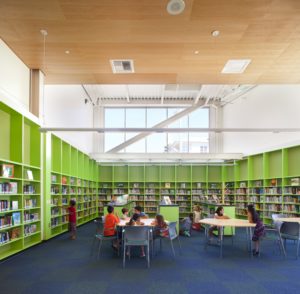
The annual greenhouse gas emissions from K-12 school buildings in the U.S. are equivalent to 18 coal-fired power plants, which represents a significant opportunity for reduction if districts are able to achieve carbon neutrality. This can seem like an insurmountable goal, but a “Zero Over Time” approach – as developed and tested through a California cohort – leverages events that already occur during a building’s lifecycle to cost-effectively reduce energy consumption and carbon emissions. These regular upgrade events include new construction, modernizations, system retrofits, and equipment replacement.
To develop and test solutions in this space, New Buildings Institute (NBI) and the State of California Division of the State Architect’s (DSA) Sustainability Education and Outreach Program facilitated a cohort of school districts over the course of a year. The Getting to Zero in California’s School Districts cohort consists of over 30 K-12 school districts in California. The effort brought tailored support through a series of remote learning and peer-to-peer information exchange, supporting participants in developing roadmaps to carbon neutrality across portfolios in preparation for state legislation and policy that targets full decarbonization of the built environment by 2045. School district employees met with experts in the field and engaged in discussion and working groups to develop their own roadmaps to zero carbon over time for their campuses, based on a common framework. Through this cohort, NBI, DSA, and California school districts demonstrated that despite aging buildings and constrained operating budgets, action on getting to zero carbon over time is possible.
The districts in the cohort on this path are demonstrating that an energy efficient school district can save money, lower emissions, and increase resiliency for a more sustainable future. While this cohort took place in California, the lessons learned, tools, and framework roadmaps are applicable to schools across the nation. For example, New York’s Clean Green Schools initiative was recently announced, which aims to advance clean energy and energy efficiency solutions for more than 500 public and private pre K-12 schools in disadvantaged, low-income communities across the state, will be able to build off of the resources and lessons developed through the cohort. NBI, along with NYSERDA and other local and national partners will host a three-part webinar series for schools interested in New York’s initiative (see below for details).
Key Elements of a Roadmap to Zero Carbon Over Time
The roadmap framework is designed to ensure continual improvement toward carbon neutrality in both new and existing buildings over time. Each new construction, major modernization, system, or equipment replacement is viewed as an opportunity to improve the overall portfolio performance and provide healthy, productive, learning environments for students and staff. This long-term strategic approach works to engage decision makers and stakeholders, assess current performance, establish a baseline, set goals, integrate those goals into plans and actions, and continuously report on progress.
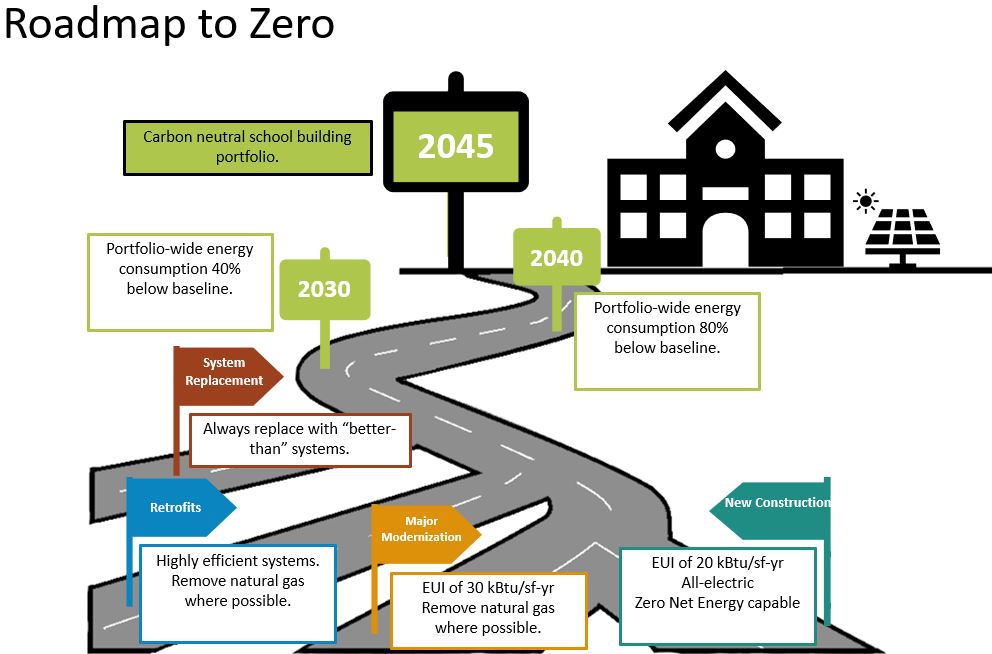
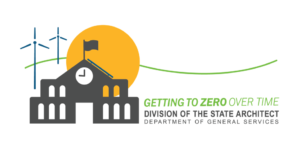
Roadmaps in Action: Accomplishments from California School Districts
Dozens of school districts in California participated in the cohort and contributed to the development of the “Getting to Zero Over Time” framework. The following are some highlights of the commitments from several participating districts:
- The Lake Tahoe Unified School District (LTUSD) adopted the LTUSD Energy and Carbon Goals Resolution in January 2021 pledging to achieve deep energy and carbon emission reductions in its school buildings. Subsequently, in March, the District adopted Guiding Standards to work towards achieving carbon neutrality in all construction projects going forward. LTUSD is currently in the midst of developing a five-year plan with an energy services company to aggressively drive down their portfolio’s energy consumption and carbon emissions.
- The Los Angeles Unified School District (LAUSD) has committed to the goal of powering its schools with 100% clean, renewable electricity by 2030 and electrifying all heating, ventilation, air conditioning (HVAC), cooking, and transportation by 2040. LAUSD’s expertise and cohort participation was crucial to help others see a viable path to carbon neutrality.
- The Oakland Unified School District (OUSD) adopted a Climate Emergency Action Resolution in October 2020. This established the goal of achieving 100% clean electricity by 2030 and phasing out the use of fossil fuels by 2040, moving them toward a broader goal of becoming a carbon-neutral school district that offsets or avoids all carbon pollution generated by their operations.
- The Santa Clara Unified School District (SCUSD) adopted the Cohort’s zero energy and carbon neutral goals for one new elementary school project and a District master plan for an additional three sites. In the process of developing their resolution they incorporated student-led support to ensure that facilities, educational services, and student outcomes are prioritized in the transition to a carbon neutral portfolio.
There are currently 10 additional California districts that have set carbon neutral intentions. Ida Clair, the State Architect, is optimistic about the cohort’s work. “This is a great opportunity to showcase the importance of involving schools in the getting to zero movement while also offering DSA the opportunity to learn from the experiences of participating districts in the greater effort to assist all school districts,” she said.
“This is a great opportunity to showcase the importance of involving schools in the getting to zero movement while also offering DSA the opportunity to learn from the experiences of participating districts in the greater effort to assist all school districts”—Ida Clair
Learn More and Get Involved
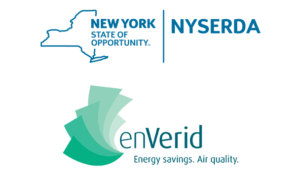 Districts that want to learn more about Getting to Zero in Schools can join the 21st Century Schools: Cleaner and Greener virtual workshops (a three-part series taking place from November 2021 through January 2022). In these sessions, district staff, stakeholders, and design professionals will engage with educational and hands-on virtual work sessions to lay the foundation to kickstart their own roadmaps to full decarbonization by mid-century. This virtual offering, sponsored by NYSERDA and enVerid, will happen as part of the 2021 Getting to Zero Forum extended programming.
Districts that want to learn more about Getting to Zero in Schools can join the 21st Century Schools: Cleaner and Greener virtual workshops (a three-part series taking place from November 2021 through January 2022). In these sessions, district staff, stakeholders, and design professionals will engage with educational and hands-on virtual work sessions to lay the foundation to kickstart their own roadmaps to full decarbonization by mid-century. This virtual offering, sponsored by NYSERDA and enVerid, will happen as part of the 2021 Getting to Zero Forum extended programming.
Related resources will be posted on the Getting to Zero Schools website. Please subscribe to NBI’s newsletter and follow us on Twitter or LinkedIn to be notified of new resources and important project updates.
NBI is looking to expand this cohort to more California districts and beyond, to reach a national scale. If you want to participate in the roadmapping process or have questions, please email us.
by Reilly Loveland, NBI Senior Project Manager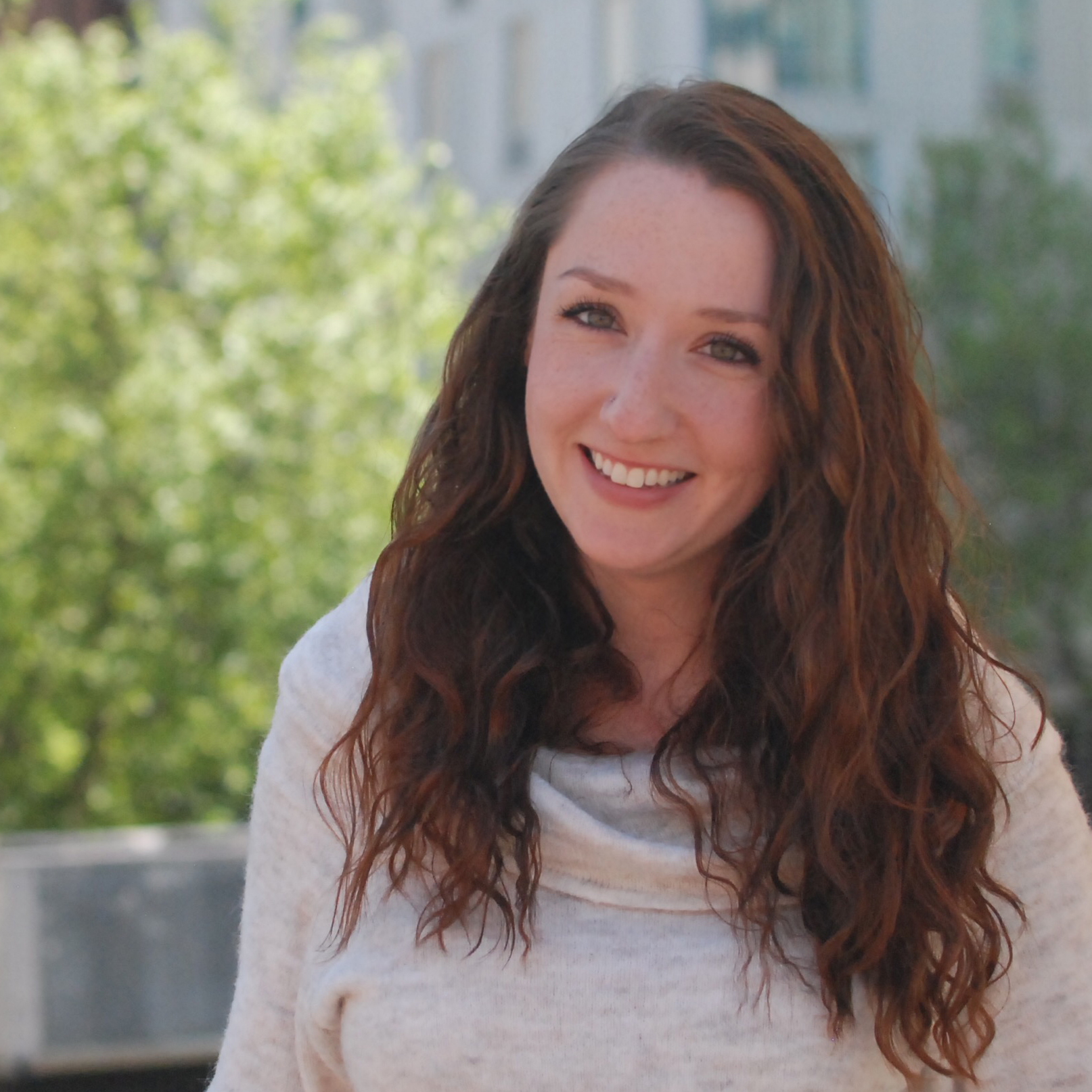
Bio
Did you enjoy this content? Consider supporting NBI’s work with a donation today.
